Retro Replay Review
Gameplay
Deep Sea Tycoon: Diver’s Paradise puts players in the captain’s chair of an underwater amusement park, blending management mechanics with a serene oceanic theme. From the very start, you’re greeted with an empty seabed map where strategic building placement is crucial. Infrastructure modules such as feeding stations, coral farms, and viewing domes must be purchased and arranged wisely to attract and sustain visitors. The intuitive drag-and-drop interface makes the process feel approachable, especially for players new to the tycoon genre.
(HEY YOU!! We hope you enjoy! We try not to run ads. So basically, this is a very expensive hobby running this site. Please consider joining us for updates, forums, and more. Network w/ us to make some cash or friends while retro gaming, and you can win some free retro games for posting. Okay, carry on 👍)
The heart of the game lies in its 30 mission-based scenarios. Each mission assigns specific objectives—be it breeding a certain number of clownfish or generating a set revenue threshold—before rewarding you with access to new free-build maps. This tiered structure offers a tangible sense of progression without overwhelming newcomers with micromanagement. As missions grow more demanding, you’ll find yourself balancing resource allocation between fish production and park amenities to satisfy both ecological and financial goals.
A standout feature is the “pinned camera” mode. By attaching your perspective to a curious visitor or a darting fish, Deep Sea Tycoon offers a fresh take on park simulation. Watching marine life interact with your custom attractions or seeing guests marvel at seahorse exhibits adds personality to routine strategy sessions. However, veterans may notice the absence of deeper challenges: there are no unhappy customers, no pollution mechanics, nor random calamities like storms or equipment failures. The result is a relaxed, almost zen-like experience that prioritizes creativity over crisis management.
Overall, gameplay strikes a balance between simplicity and depth. While experts in the genre might crave additional layers—such as guest mood indicators or environmental hazards—casual players and budding tycoons will appreciate the straightforward path to success. The pacing encourages steady expansion and offers ample room to experiment with park layouts without fear of disastrous setbacks.
Graphics
Visually, Diver’s Paradise delivers a colorful undersea playground that never feels cluttered. The art style leans toward bright, slightly cartoonish aesthetics, ensuring that every coral cluster and shark tank stands out clearly. Animations are smooth, from the gentle bobbing of seaweed to the playful swirl of tropical fish schools. Although not pushing hardware limits, the game’s visuals are crisp enough to maintain immersion during extended play sessions.
Environmental design deserves special mention: light rays filtering through the water, soft shadows cast by overhanging rock formations, and the occasional glint on metallic submersibles all contribute to a convincing aquatic ambiance. When guests ascend to observation decks or glide past windowed tunnels, you get the sense of being truly submerged. Even on lower-end PCs, the performance remains stable, thanks to well-optimized rendering options and adjustable detail levels.
That said, graphical fidelity can feel repetitive over time. Many fish species share similar models with color swaps, and background scenery tends to loop on larger free-build maps. Although mission maps introduce new terrain shapes and visual landmarks, the core assets remain largely unchanged. For players seeking a hyper-realistic ocean experience, the stylistic choices here might come off as too simplistic.
Nevertheless, the charming presentation aligns perfectly with the game’s beginner-friendly philosophy. Clear visual cues help distinguish functional buildings from decorative elements, and visitor animations—such as pointing, chatting, or photographing fish—add life to your submerged kingdom. In sum, the graphics serve the gameplay well, striking a pleasing balance between performance and polish.
Story
Deep Sea Tycoon: Diver’s Paradise does not follow a traditional narrative arc but instead unfolds through its mission objectives. Each mission provides a brief premise—be it the restoration of a particular reef ecosystem or the launch of a new marine exhibit—giving context to your managerial tasks. This modular structure allows you to jump in and out of scenarios without feeling tied down by lengthy cutscenes or character-driven plots.
While fans of story-driven simulations may miss an overarching storyline or memorable NPCs, the game compensates with environmental storytelling. Watery caverns dotted with sunken shipwrecks, themed biomes reminiscent of tropical lagoons or polar abysses, and gradually evolving park attractions craft a loose narrative: that of a growing underwater empire. Unlocking new scenarios feels like turning the pages of an adventure log, even if the entries are defined by spreadsheets rather than dialogue.
The absence of dramatic events—such as pirate raids or sea monster attacks—reinforces the game’s peaceful tone. If you’re seeking high-stakes drama, Diver’s Paradise will feel subdued. However, for players who enjoy setting their own storylines and interpreting guest interactions as small vignettes, the game provides a blank canvas. Your personal imagination becomes the primary storyteller, weaving together the daily life of divers, marine biologists, and curious sightseers.
In summary, the “story” here isn’t told through characters but through your evolving parkscape. By viewing each mission as a chapter and each unlocked map as a new locale, you craft a personalized narrative—from humble beginnings on a barren seabed to the bustling hub of aquatic tourism.
Overall Experience
Deep Sea Tycoon: Diver’s Paradise delivers a breezy management sim that caters especially well to novices. Its user-friendly interface, clear mission structure, and stress-free environment make it a perfect introduction to tycoon mechanics. Players can focus on building whimsical underwater attractions without the pressure of emergency events or guest crises.
The game’s leisurely pace is its greatest strength and, for some, its biggest shortcoming. If you crave constant tension, dynamic market fluctuations, or complex supply chains, you might find the experience too predictable after several hours. Conversely, casual gamers, families, and younger audiences will appreciate the absence of punishing difficulty spikes.
Replayability is driven by the desire to perfect park layouts and collect all fish species across diverse environments. Free-build mode, unlocked through mission completion, offers endless creative possibilities. Whether you aim to create themed zones—like a shark enclosure beside a tropical lagoon—or fine-tune breeding operations, there’s satisfaction in watching your aquatic metropolis flourish.
Ultimately, Diver’s Paradise succeeds as a lighthearted, visually appealing tycoon game that shines brightest when enjoyed at a relaxed pace. Its strengths lie in accessibility, charming presentation, and the unique camera-per-sprite feature. While veterans of in-depth economic simulators may long for more complexity, those seeking tranquil strategic fun under the waves will find this title a delightful dive into undersea entrepreneurship.
 Retro Replay Retro Replay gaming reviews, news, emulation, geek stuff and more!
Retro Replay Retro Replay gaming reviews, news, emulation, geek stuff and more!
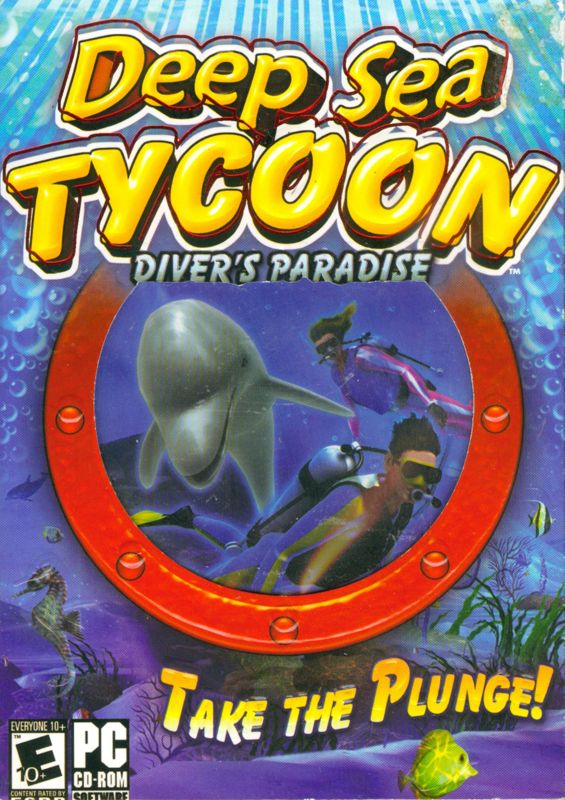
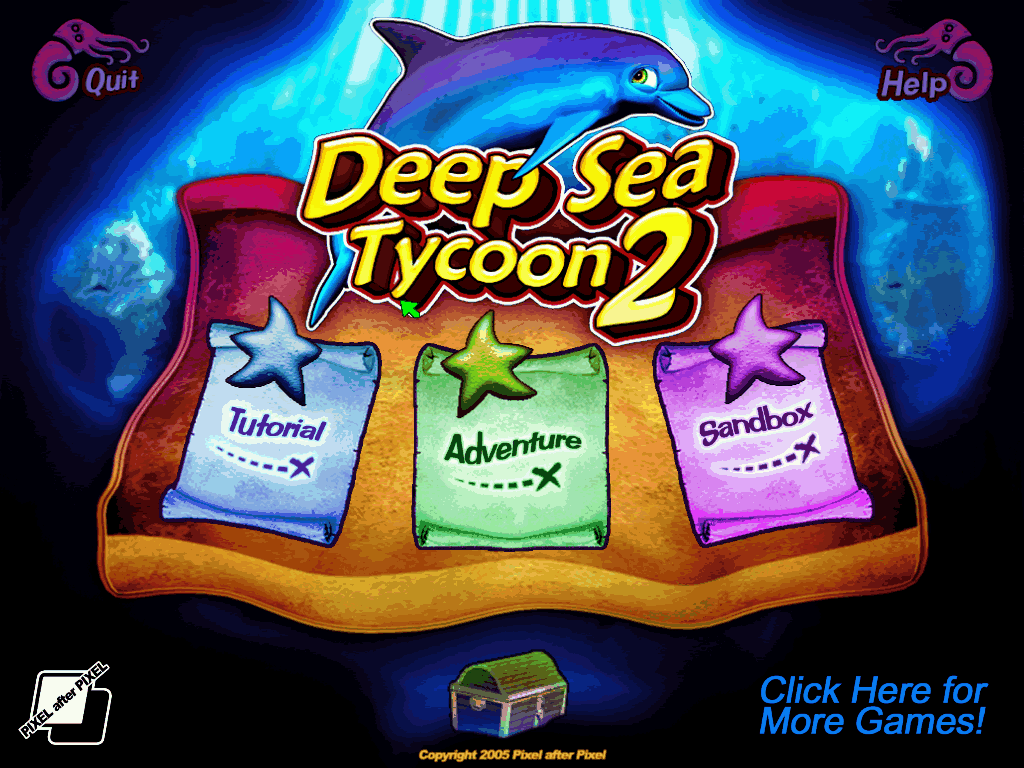
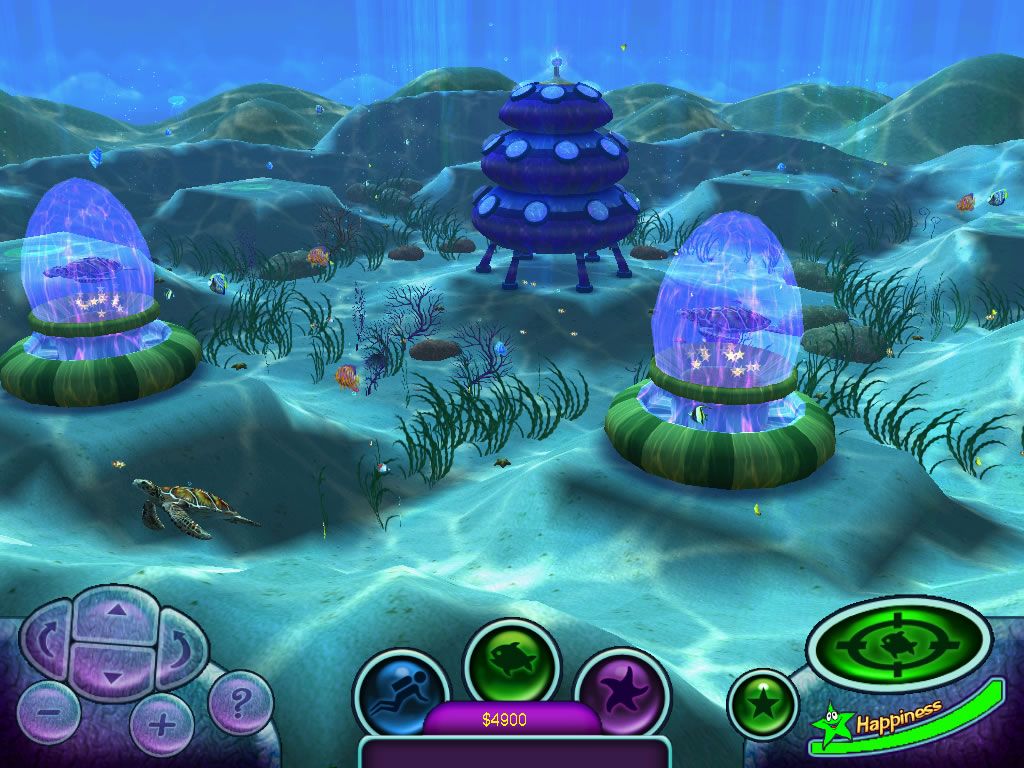
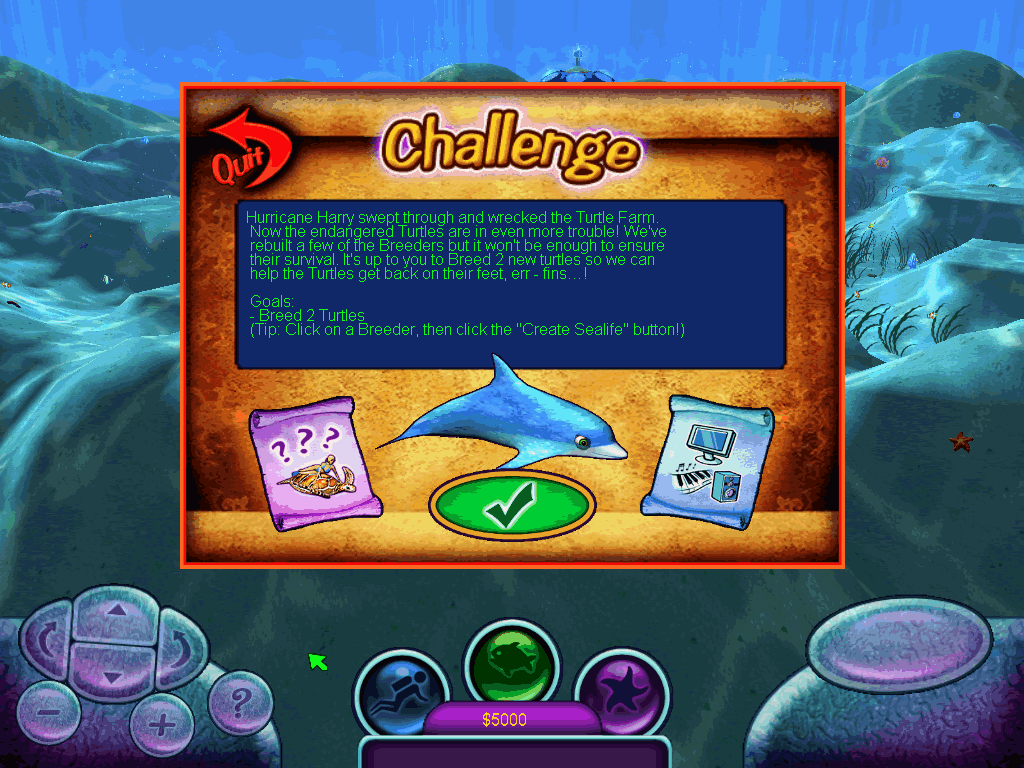
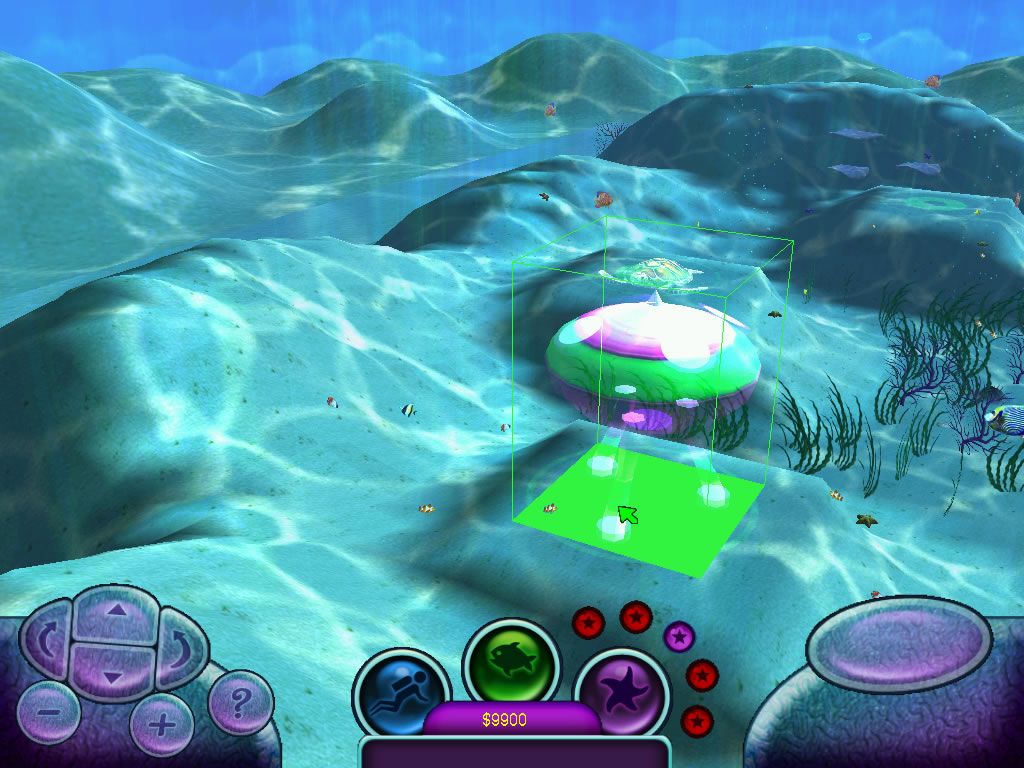



Reviews
There are no reviews yet.